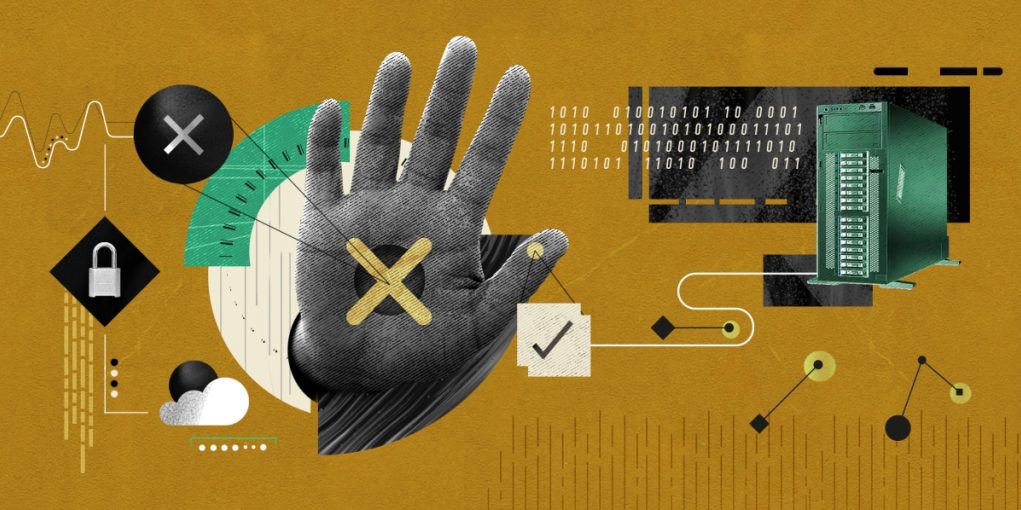Endpoint providers like Bitdefender, Cisco, Ivanti, McAfee, Palo Alto Networks, and Sophos are doubling down on AI and ML to provide more contextual intelligence, resilience, and self-healing. They’re seeking stepwise gains to bring a new intensity to how they innovate.
Consolidating tech stacks is a high priority for CISOs, who say that budgets are under greater scrutiny. The majority (96%) of CISOs plan to consolidate their security platforms, with 63% preferring (XDR). Consolidating tech stacks will help CISOs avoid missing threats, find qualified security specialists, and correlate and visualize findings across their threat landscape.
AI-based indicators of attack (IOA) are core to solving the endpoint-identity gap. By definition, IOAs gauge a threat actor’s intent and try to identify their goals, regardless of the malware or exploit used. Complementing IOAs are indicators of compromise (IOC) that provide forensics to prove a network breach. Providers like CrowdStrike are leading the way with AI-powered IOAs that work asynchronously with sensor-based ML and other sensor defense layers.
Standalone tools don’t close gaps between endpoints and identities; platforms do. Normalizing reports across various standalone tools is difficult, time-consuming, and expensive. SOC teams use manual correlation techniques to track threats across endpoints and identities. Providers like Ivanti Neurons for UEM rely on AI-enabled bots to seek out machine identities and endpoints and automatically update them. Their approach to self-healing endpoints combines AI, ML, and bot technologies to deliver unified endpoint and patch management at scale across a global enterprise customer base.
Revolutionizing Endpoint Security: The Power of Self-Healing Endpoints
Are you tired of constantly monitoring and updating your endpoints to ensure they are secure? The solution lies in self-healing endpoints. With the integration of AI and ML, these endpoints can autonomously diagnose and optimize themselves, without any human interaction needed. This not only saves time and resources but also delivers resilience in the face of a fast-changing and unforgiving threat landscape.
Leading UEM platforms can now integrate with enterprise-wide micro-segmentation, IAM, and PAM, making it easier for organizations to adopt self-healing endpoints. The telemetry and transaction data generated by these endpoints are invaluable sources of innovation for the zero-trust vendor community. Expect further advancements in AI and ML to improve endpoint detection, response, and self-healing capabilities.




















